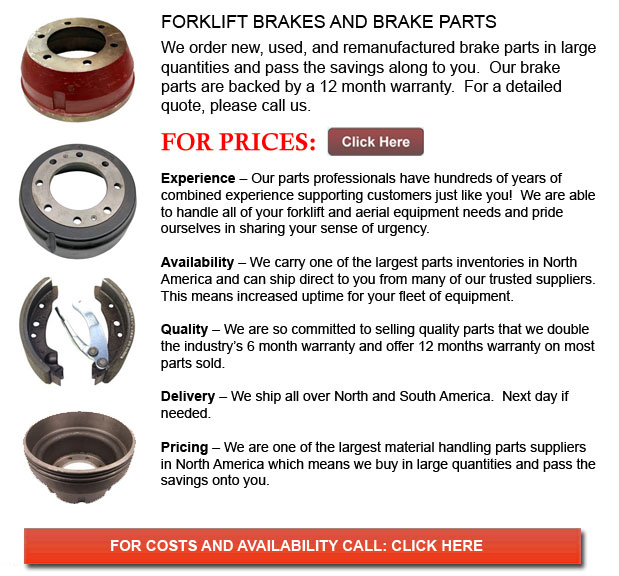
Forklift Brakes - A brake where the friction is provided by a set of brake shoes or brake pads that press against a rotating drum unit called a brake drum. There are some specific differences among brake drum kinds. A "brake drum" is usually the explanation given when shoes press on the inner outside of the drum. A "clasp brake" is the term utilized to be able to describe if shoes press next to the outside of the drum. One more kind of brake, referred to as a "band brake" uses a flexible band or belt to wrap all-around the outside of the drum. If the drum is pinched in between two shoes, it could be called a "pinch brake drum." Like a conventional disc brake, these kinds of brakes are rather rare.
Previous to nineteen ninety five, early brake drums required consistent modification regularly to be able to compensate for shoe and drum wear. Long brake pedal or "Low pedal" travel is the hazardous end result if adjustments are not done sufficiently. The vehicle can become dangerous and the brakes could become ineffective if low pedal is combined with brake fade.
There are a variety of Self Adjusting Brake Systems existing, and they could be categorized within two main kinds, RAD and RAI. RAI systems have inbuilt equipments which prevent the systems to recover if the brake is overheating. The most popular RAI manufacturers are Bosch, AP, Bendix and Lucas. The most well-known RAD systems include Volkswagen, VAG, AP, Bendix and Ford recovery systems.
Self repositioning brakes generally utilize a mechanism that engages only when the motor vehicle is being stopped from reverse motion. This stopping method is acceptable for use where all wheels use brake drums. The majority of vehicles nowadays use disc brakes on the front wheels. By operating only in reverse it is less probable that the brakes will be adjusted while hot and the brake drums are expanded. If adapted while hot, "dragging brakes" could occur, which increases fuel intake and accelerates wear. A ratchet device that becomes engaged as the hand brake is set is one more way the self adjusting brakes could operate. This means is only appropriate in applications where rear brake drums are used. Whenever the emergency or parking brake actuator lever goes over a particular amount of travel, the ratchet advances an adjuster screw and the brake shoes move in the direction of the drum.
There is a manual adjustment knob placed at the base of the drum. It is usually adjusted via a hole on the opposite side of the wheel and this involves going beneath the lift truck with a flathead screwdriver. It is of utmost importance to be able to move the click wheel properly and tweak each wheel equally. If unequal adjustment takes place, the vehicle can pull to one side during heavy braking. The most effective way so as to make sure this tiresome task is accomplished safely is to either lift every wheel off the ground and hand spin it while measuring how much force it takes and feeling if the shoes are dragging, or give every\each and every one the exact amount of clicks utilizing the hand and then do a road test.
![]() Click to Download the pdf
Click to Download the pdf
Forklift Parts
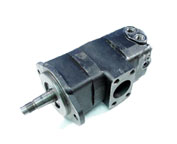
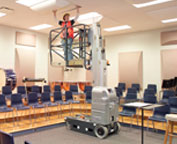
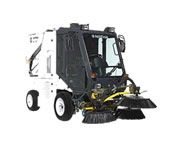
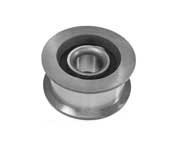
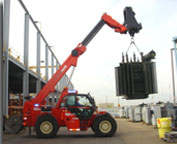
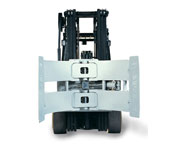
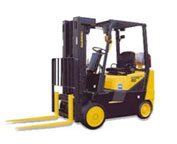
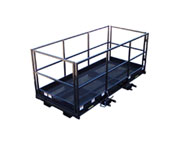
Lift Parts Express
TOLL FREE: 1-888-695-7994
Baltimore, Maryland
forkliftpartsbaltimore.com
Email Us
About Us


